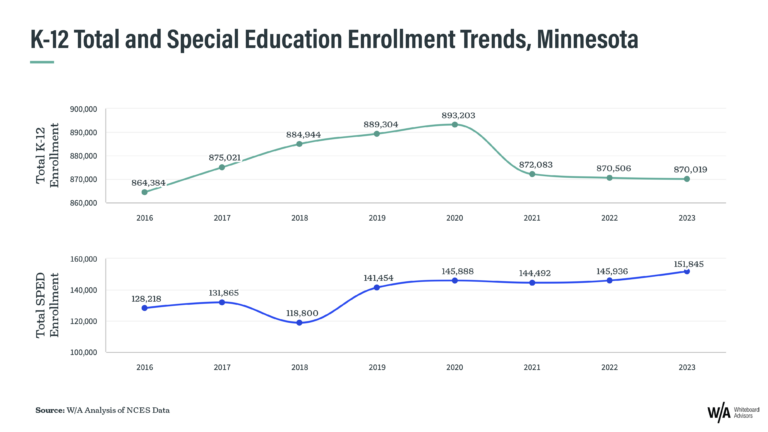The U.S. Department of Agriculture (USDA) shared final nutrition standards for school meals this week following an analysis of more than 136,000 public comments and over 50 listening sessions on standards initially proposed in February 2023.
What’s new? The new standards, which are consistent with the goals of the 2020-2025 Dietary Guidelines for Americans, regulate the amount of sugar and sodium allowed in school lunches.
Under the new rules, added sugars must make up less than 10% of total calories in a given school week by the 2027-28 school year. School cafeterias must also reduce sodium levels in breakfasts by 10% and lunches by 15% in the same time frame.
Schools can continue to serve flavored milks (chocolate milk is here to stay!), but must adhere to the new limits on sugar.
Why it matters: Roughly 30 million students participate in school lunch programs every school day. The reforms made by the USDA are supported by children’s health advocates, who say the changes will improve nutrition security and prevent chronic illnesses and obesity in children and young people.
Looming problems: School district leaders and cafeteria workers are concerned about procuring – and affording – products that meet the USDA’s new standards. This issue is not new; pandemic-era supply chain failures continue to impact school lunchrooms and the food they’re able to serve, as reported by Food Service Director.




